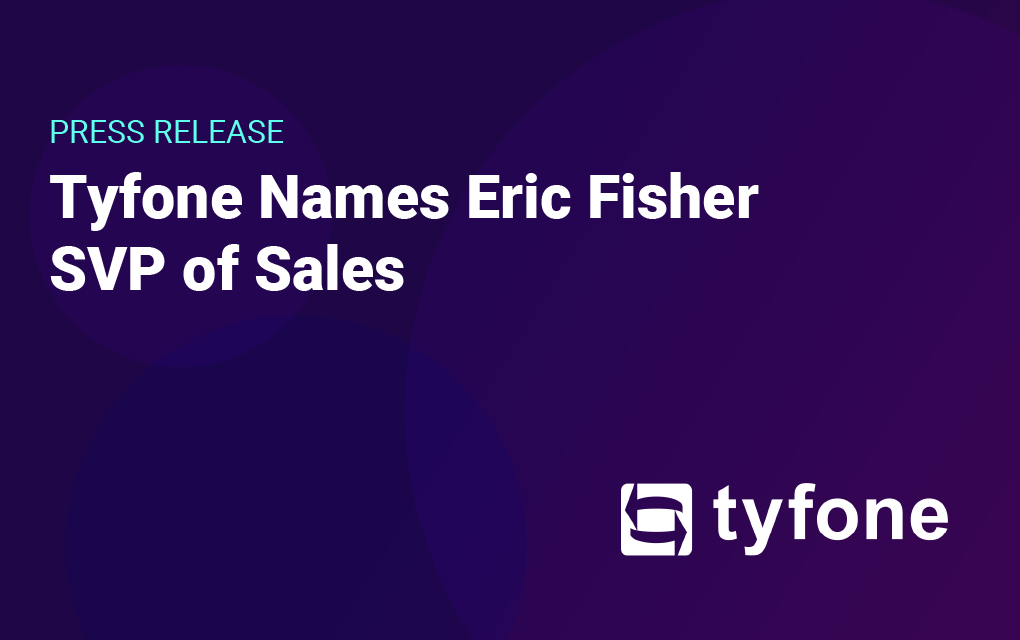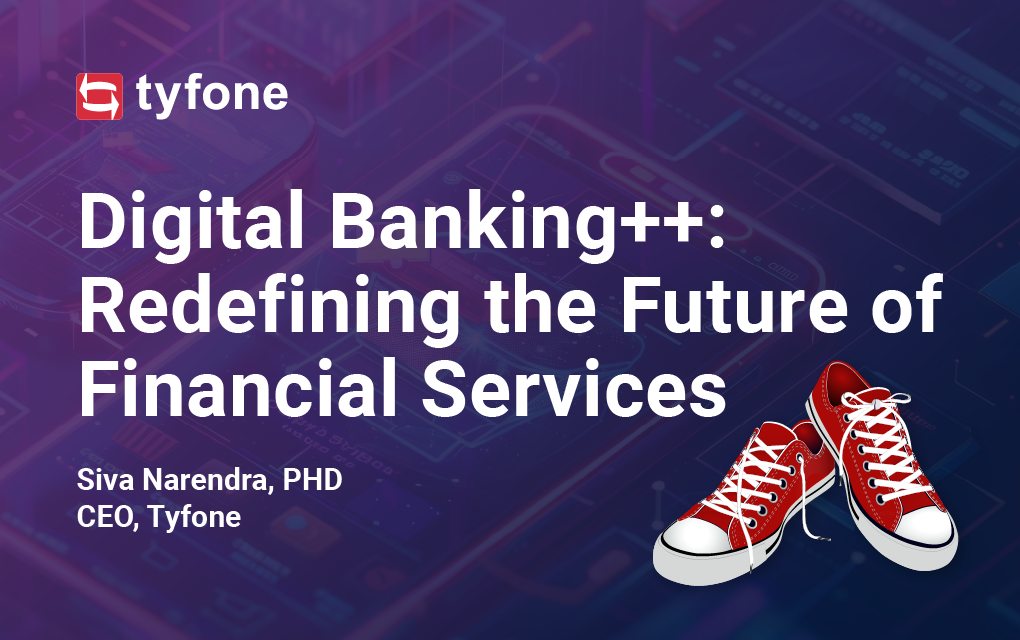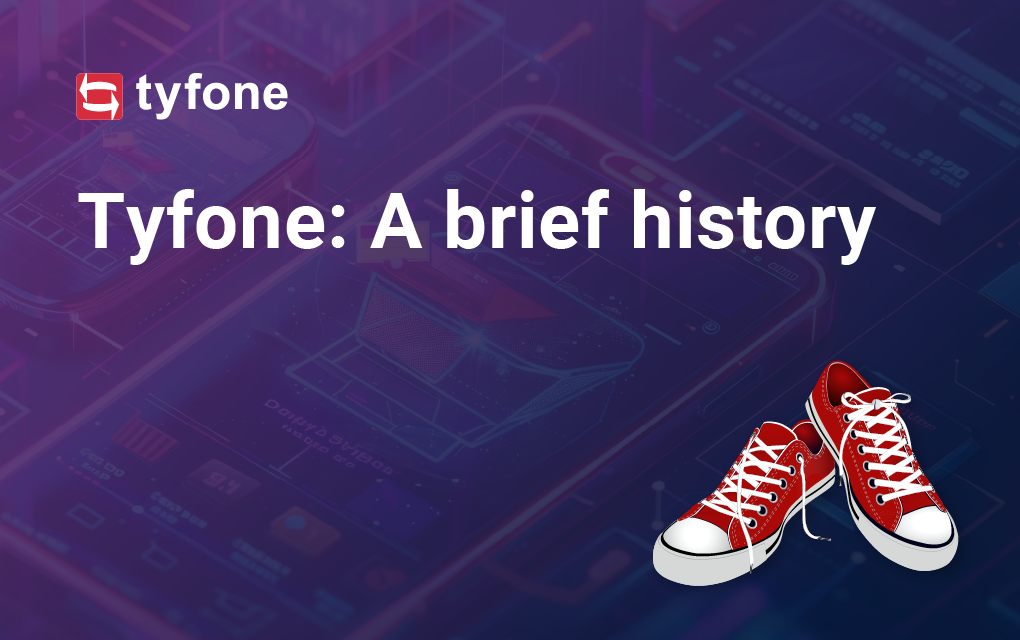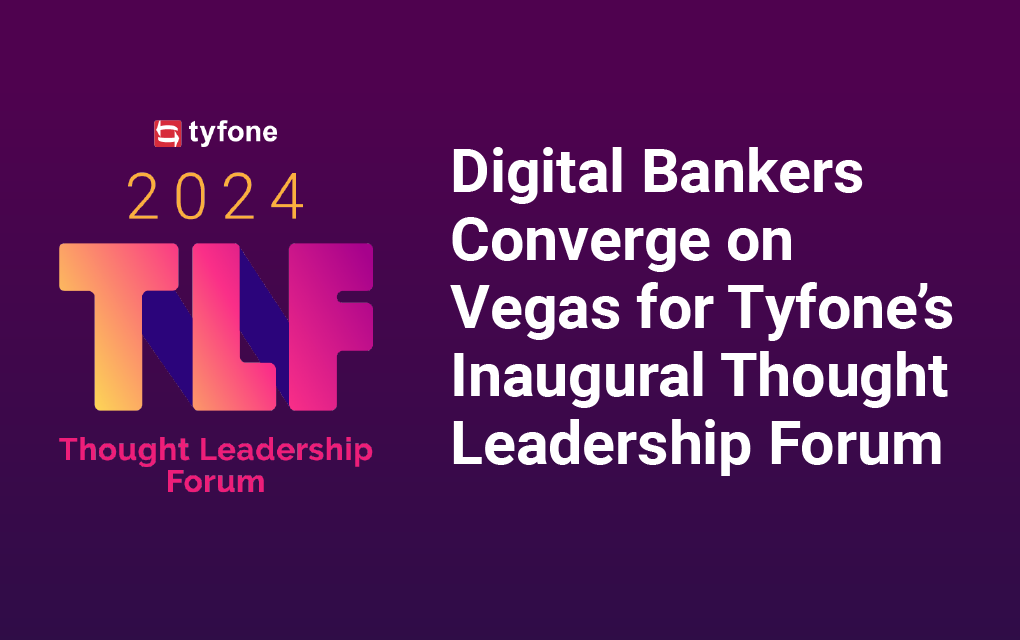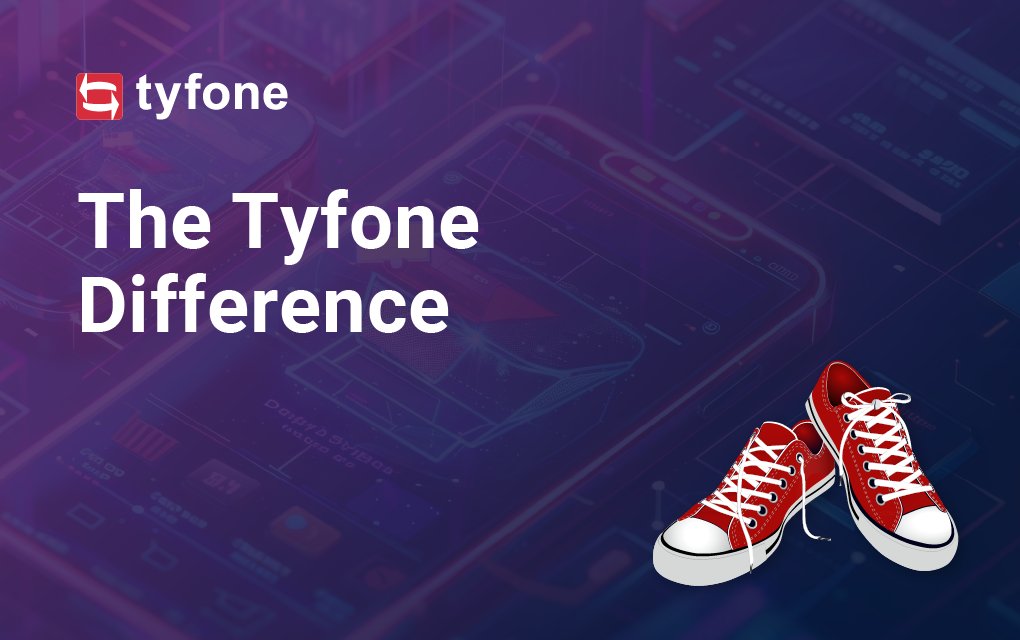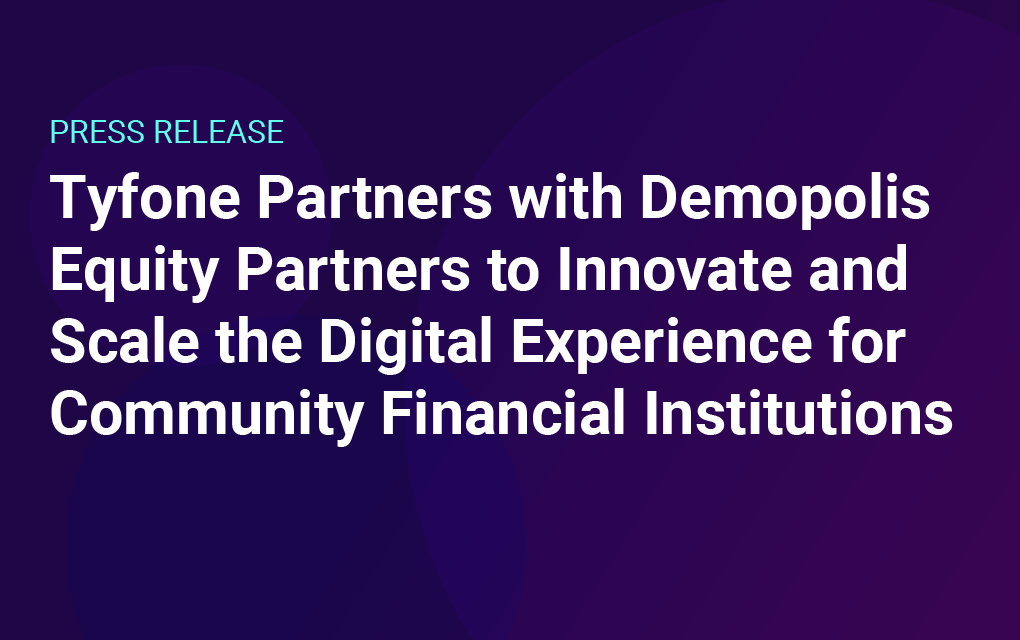Digital Banking++: Redefining the Future of Financial Services
Siva G. Narendra Ph.D.
CEO, Co-Founder

Digital Banking++ is the next frontier in financial technology. It transforms digital banking into a platform that delivers efficient, secure, and convenient financial experiences. This strategy is built on the principles of Moore’s Law, Nielsen’s Law, and Huang’s Law, which predict exponential growth in computational power, network speeds, and AI capabilities. These laws help anticipate future trends, enabling innovations that tackle current challenges and seize new opportunities. For Tyfone, these insights have guided the creation of over 140 patents, driving solutions in fraud prevention, real-time payments, and AI-powered personalization. Digital Banking +Instant Payment +Intelligence Framework ensures financial institutions stay ahead of technological progress while setting new benchmarks for trust, convenience, and resilience.
Deterministic Security: The End of Account Takeover Fraud
As cybercriminals adopt Huang’s Law, their use of sophisticated social engineering tactics is growing. AI-powered tools allow them to clone voices, simulate human behavior, and craft highly personalized attacks. These advancements make traditional security measures increasingly insufficient. To counter this, deterministic security has become the only unfair advantage for financial institutions. Deterministic security uses decentralized secure elements already embedded in consumer devices like smartphones and payment-enabled wearables. These tamper-resistant environments perform cryptographic operations that bind credentials to specific devices. This ensures user identities and transactions remain protected from unauthorized access.Moore’s Law makes these secure elements scalable and efficient, while their integration into everyday devices provides resilience, even in offline or low-connectivity scenarios. For instance, dynamic tokenization replaces static credentials with real-time cryptographic tokens, rendering stolen data useless outside its intended context. At Tyfone, we’ve implemented deterministic security with stellar results in fraud prevention and operational resilience. Contact us to explore how this proven approach can secure your systems and build user trust.
What Generative AI Is Not
Generative AI in Digital Banking++ isn’t about creating chatbots. Chatbots often fail to meet user expectations, as people don’t visit digital banking platforms for long conversations. Instead, the focus should be on efficiency and precision—providing one question, one answer seamlessly. With Huang’s Law, AI capabilities now interpret user intent with unparalleled accuracy. Generative AI systems use vector embeddings instead of work lookup, eliminating the need for labor-intensive programming of specific intents. For example, when a user asks, “How do I change my address?” the system instantly understands the intent and provides a deep link to the address update page. This approach avoids unnecessary friction. Chatbots are better suited for complex, multi-step interactions or escalation scenarios. They should be the end state, not the starting point. By redefining the role of AI, Digital Banking++ focuses on delivering faster, more reliable outcomes for users.
3-Tier MVC Architecture: Standards-Driven Innovation for Open Banking
The 3-tier MVC architecture forms the backbone of Digital Banking++, enabling financial institutions to stay agile while meeting evolving regulatory demands. It separates core systems, integration layers, and user interfaces to ensure seamless compliance with open standards like FDX, ISO 20022, and OAuth. Moore’s Law supports the development of API wrappers that standardize legacy systems, enabling institutions to adapt quickly to new requirements. Nielsen’s Law ensures decoupled UX layers take advantage of increasing network speeds, delivering faster and more responsive generational updates like UX3 without backend disruptions. Standards like OAuth provide secure authentication and data sharing, ensuring compliance with regulations such as Section 1033 of the Dodd-Frank Act. This modular approach allows institutions to innovate continuously while maintaining operational stability and resilience.
Instant Payments: Speed Meets Security and Efficiency
Instant payments are not just about payments; they are about security and efficiency, much like mobile phones are no longer just about phone calls. However, achieving this transformative impact requires building systems from scratch. At Tyfone, we began this journey five years ago with Star One Credit Union and have now extended it with the launch of a dedicated CUSO, Payfinia. The adoption of instant payments is transforming financial transactions, making them the new standard for 2025. These payments are not only the fastest option but also the least costly, the lowest in fraud risk, and the most efficient, with the potential to significantly boost institutional productivity by reducing reconciliation overhead to near zero. Nielsen’s Law ensures that increasing network speeds enable real-time transactions with near-zero latency, meeting consumer expectations for seamless payment execution. Beyond speed, instant payments deliver unmatched cost efficiency. By transitioning over 33% of same-day ACH transactions to instant payments, institutions have achieved 50% lower fraud rates than same-day ACH and 4.25x lower fraud rates than P2P transactions. Moreover, instant payments result in 4x lower reconciliation overhead, streamlining back-office processes and increasing operational productivity. Meanwhile, deterministic security ensures that transactions are cryptographically validated in real time, preventing fraud at the pace of instant payments. This powerful combination of speed, cost savings, fraud reduction, and operational efficiency aligns with the goals of Digital Banking++, positioning instant payments as the cornerstone of trust and innovation in modern financial systems.
Ransomware and the Expansion of Resilience Solutions
Ransomware remains a significant threat, targeting both core systems and digital banking platforms. To address this, the scope of resilience frameworks like Sheltered Harbor must extend to include digital systems, ensuring continuity across the financial ecosystem. Moore’s Law supports the development of advanced cryptographic methods for secure, decentralized data storage and recovery. Sheltered Harbor’s tamper-proof backups allow institutions to restore operations quickly after an attack. While traditionally focused on core systems, these solutions must now encompass digital banking to provide comprehensive protection. At the same time, deterministic security ensures that credentials, transaction data, and backup integrity remain uncompromised, reducing the risk of ransomware exploits. Expanding frameworks like Sheltered Harbor to digital platforms strengthens institutional resilience, safeguarding trust and operational continuity in a digital-first world.
Preparing for 2025
The year ahead presents both challenges and opportunities for the banking and payments sectors. By leveraging Moore’s, Nielsen’s, and Huang’s Laws, financial institutions can predict trends, innovate effectively, and deliver meaningful change. Through Digital Banking++, institutions are addressing today’s needs while shaping the future of financial services. Whether through deterministic security, instant payments, or AI-driven efficiency, this strategy sets a foundation for trust, resilience, and transformation. In 2025, the financial sector won’t just evolve—it will lead the way forward.

